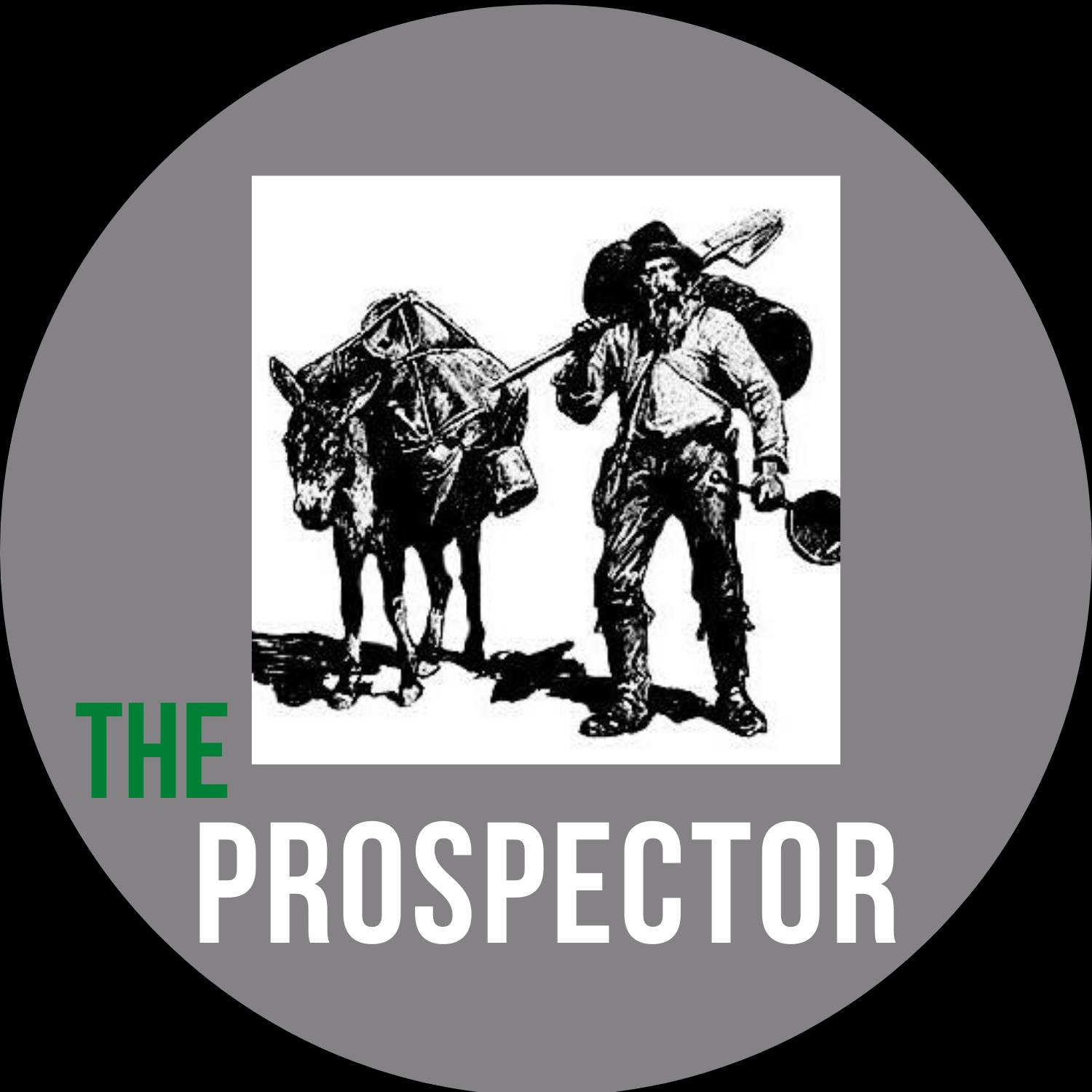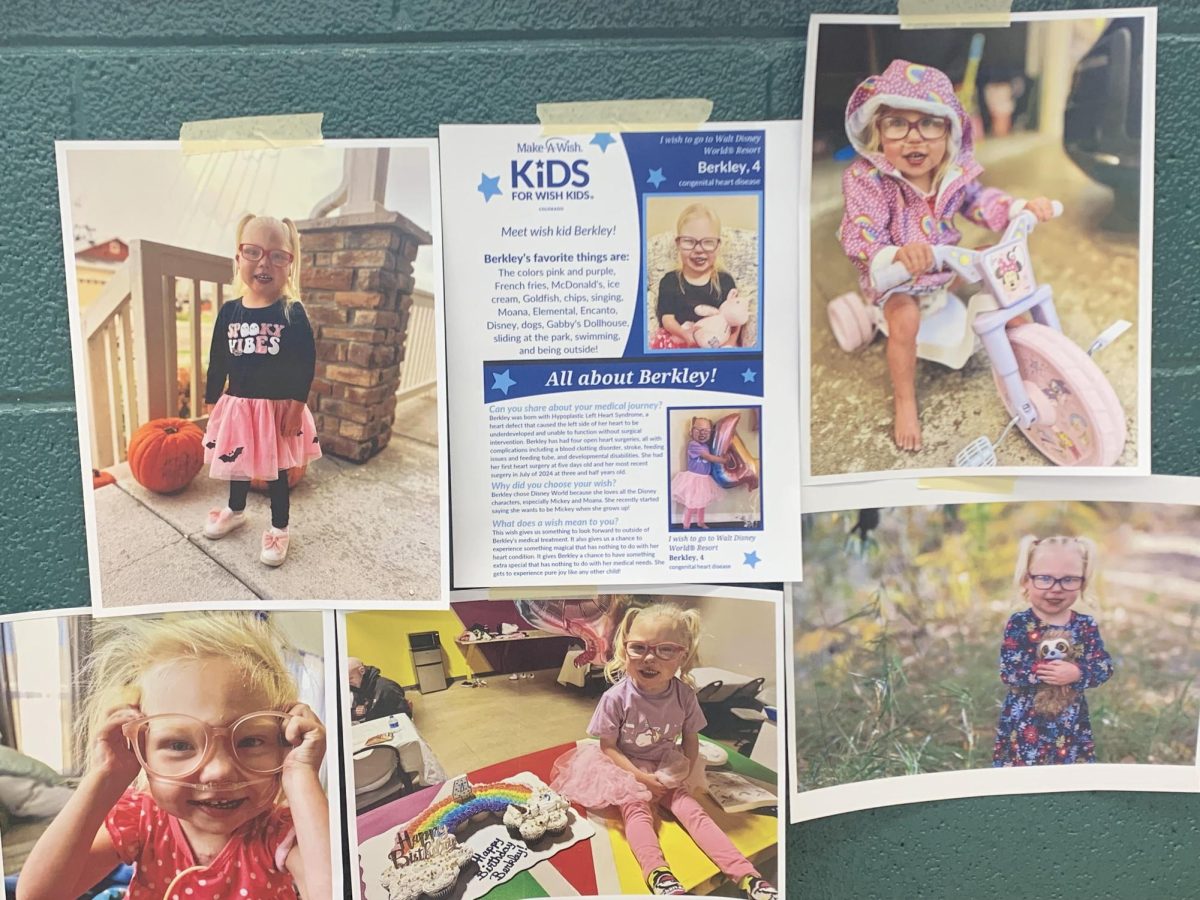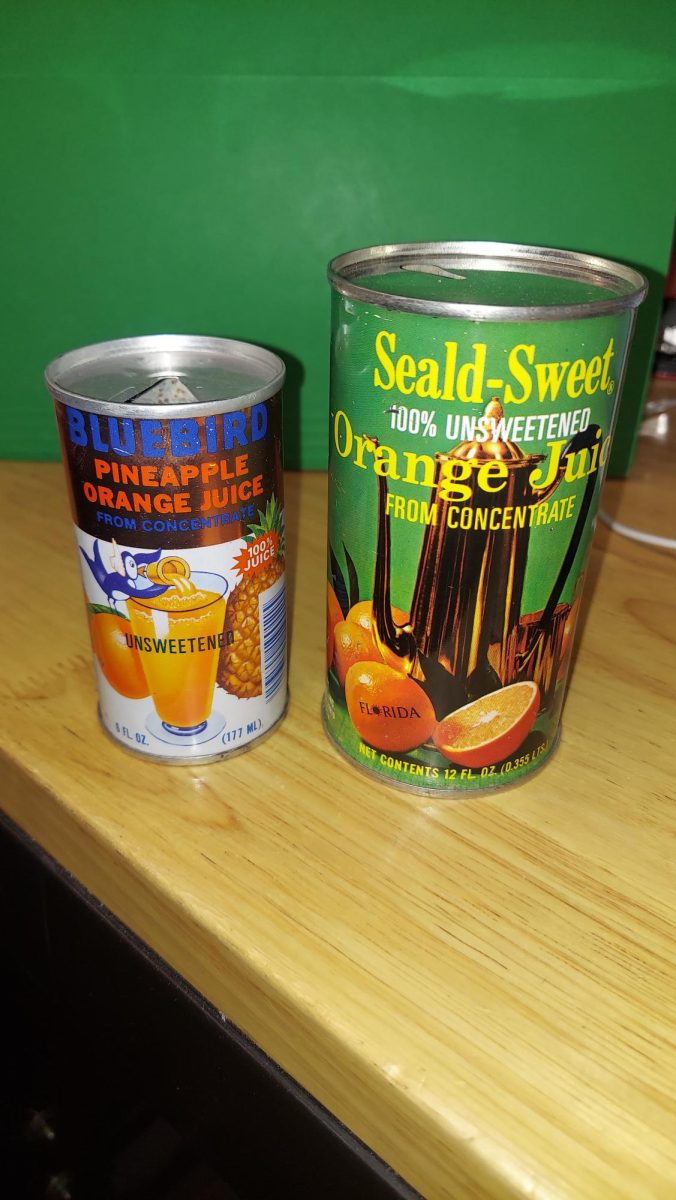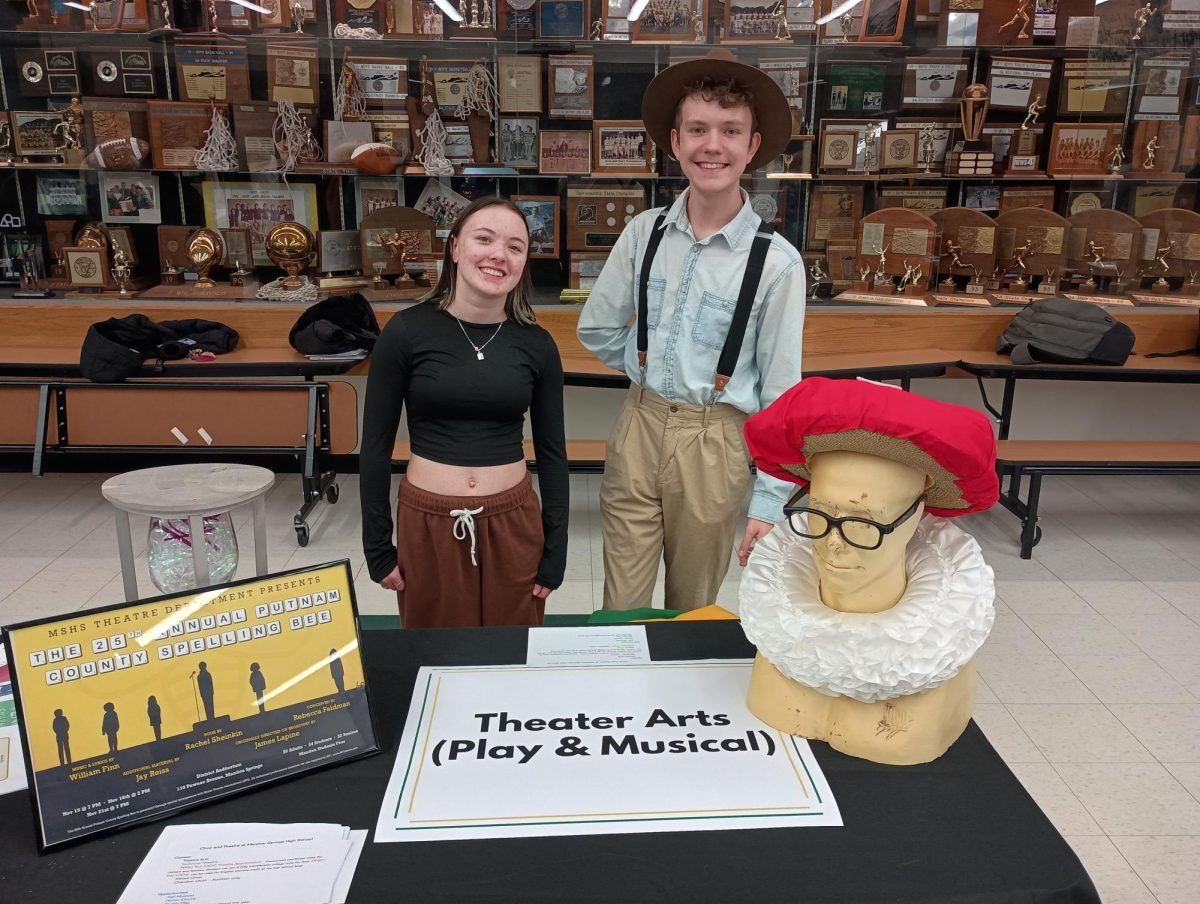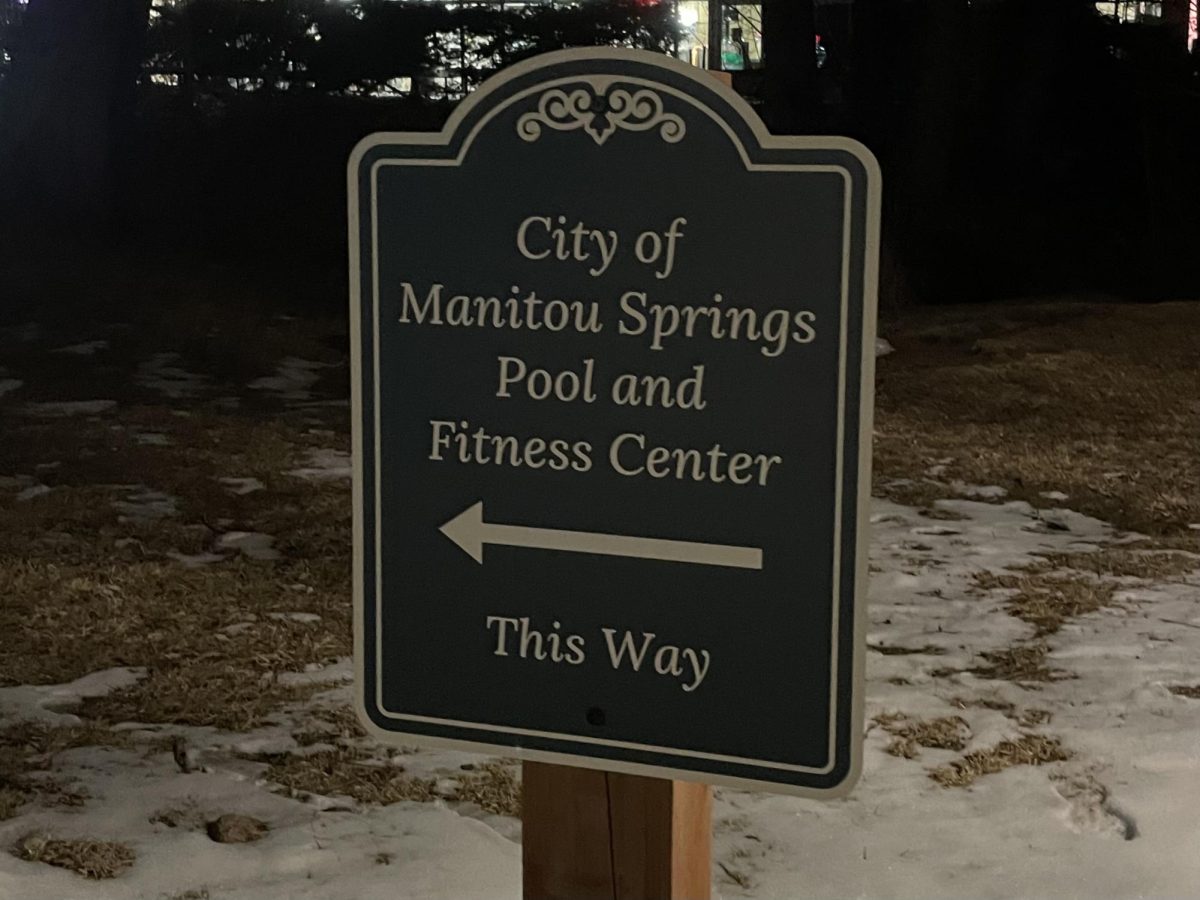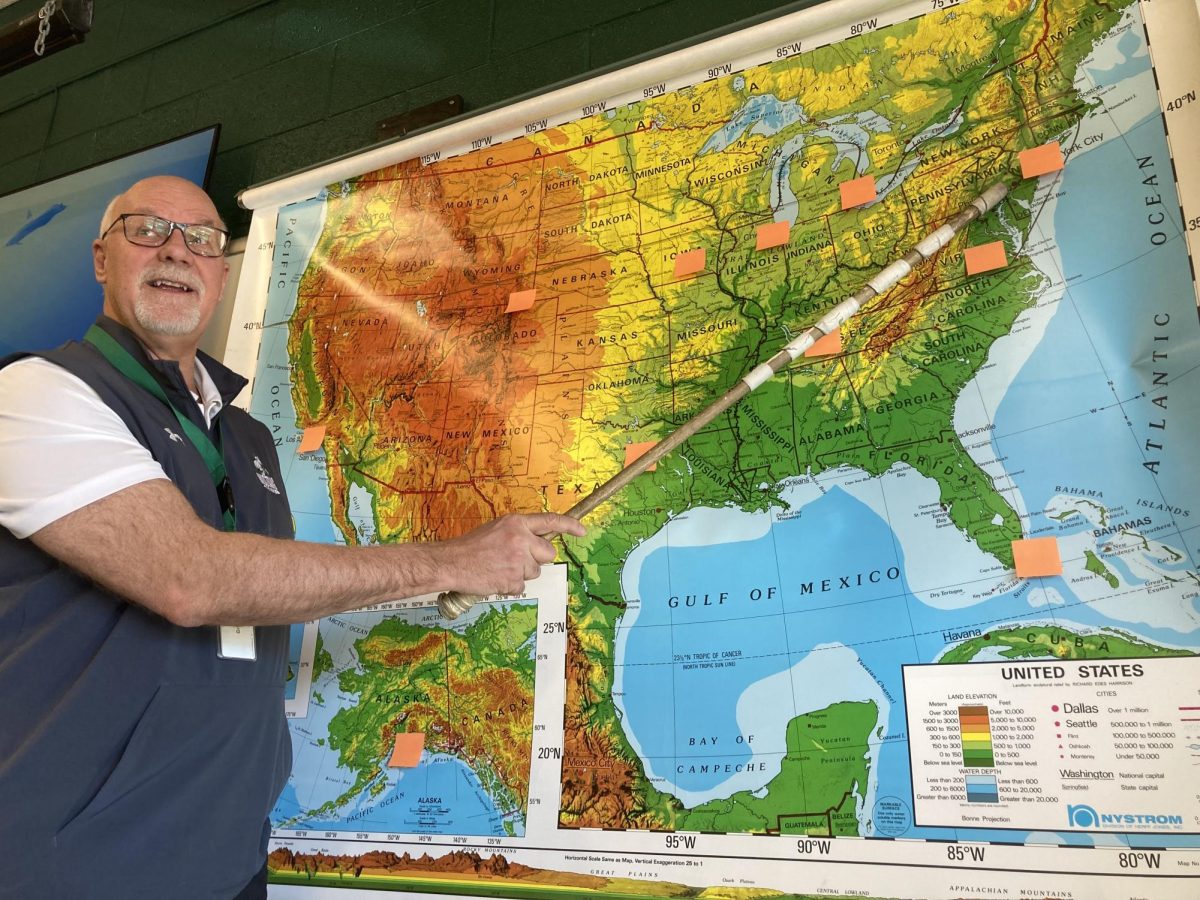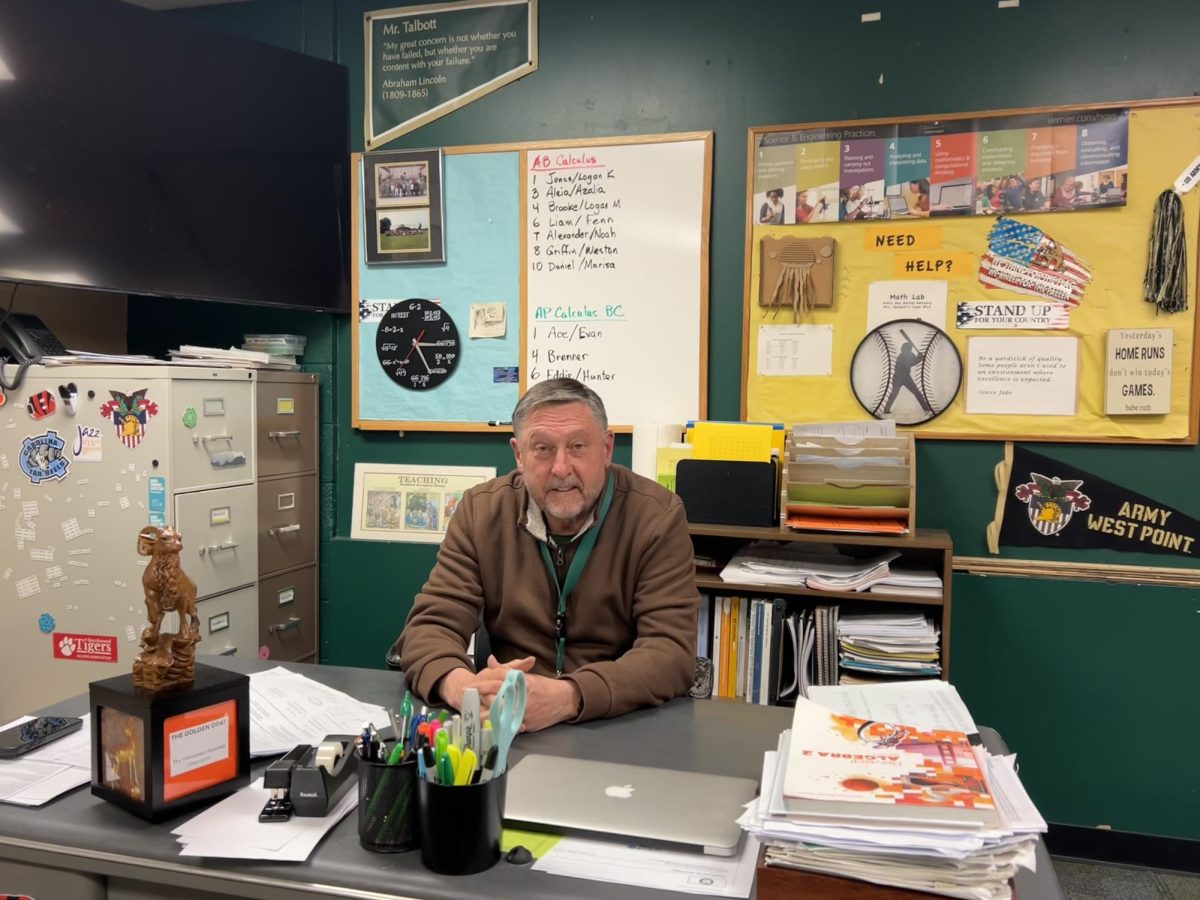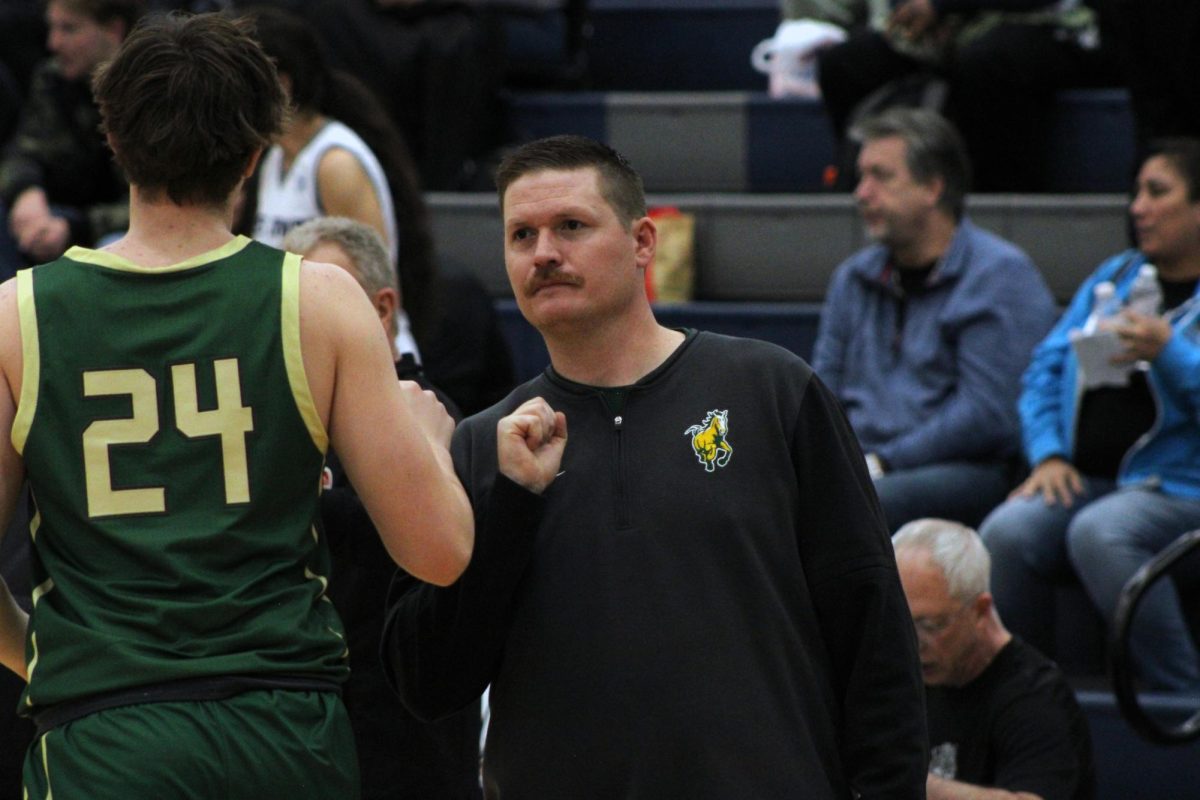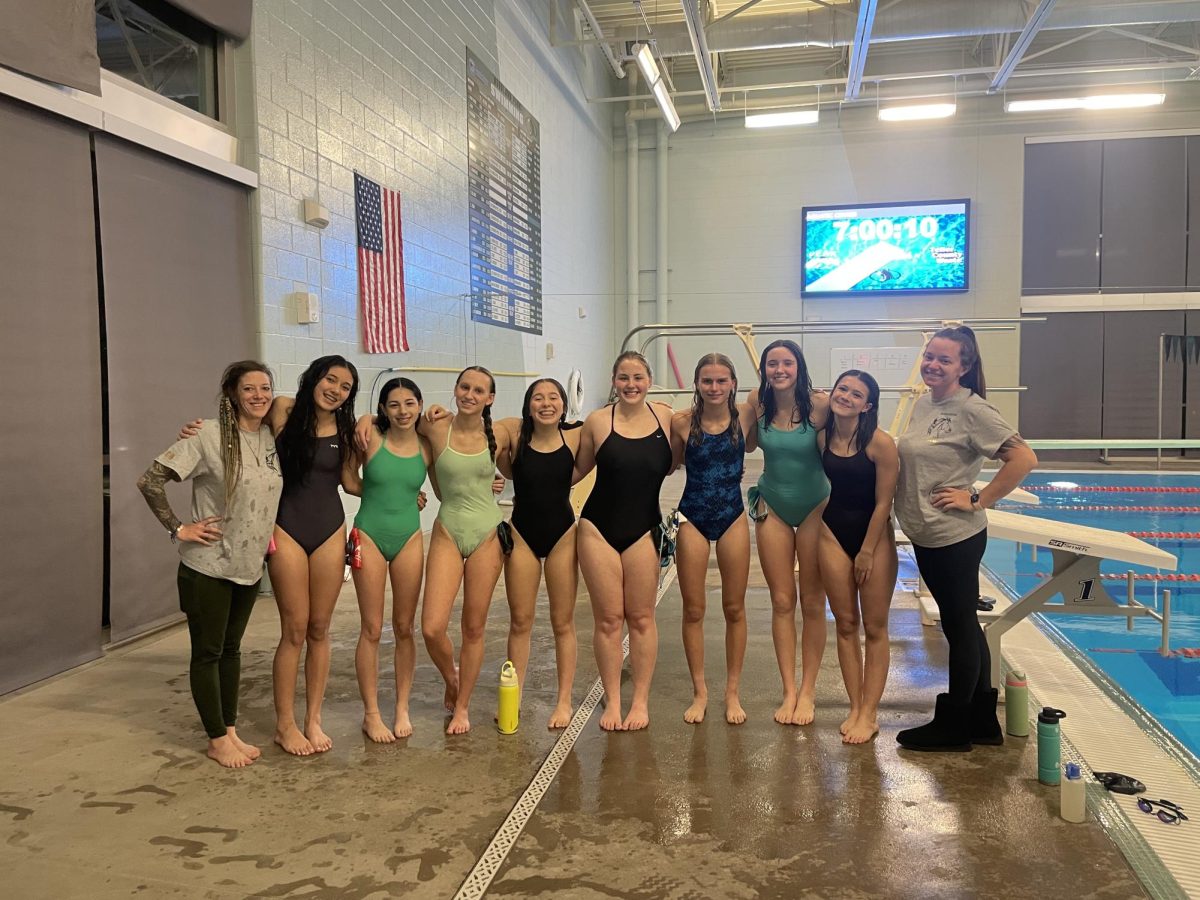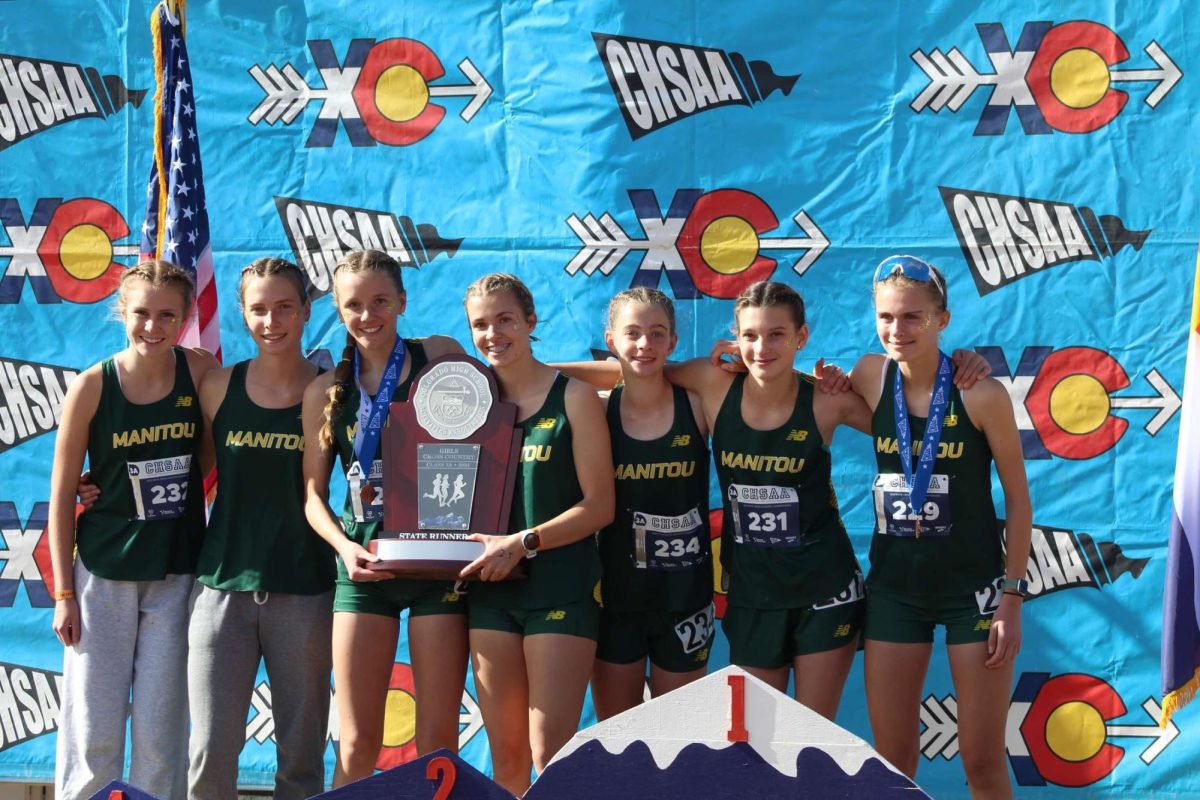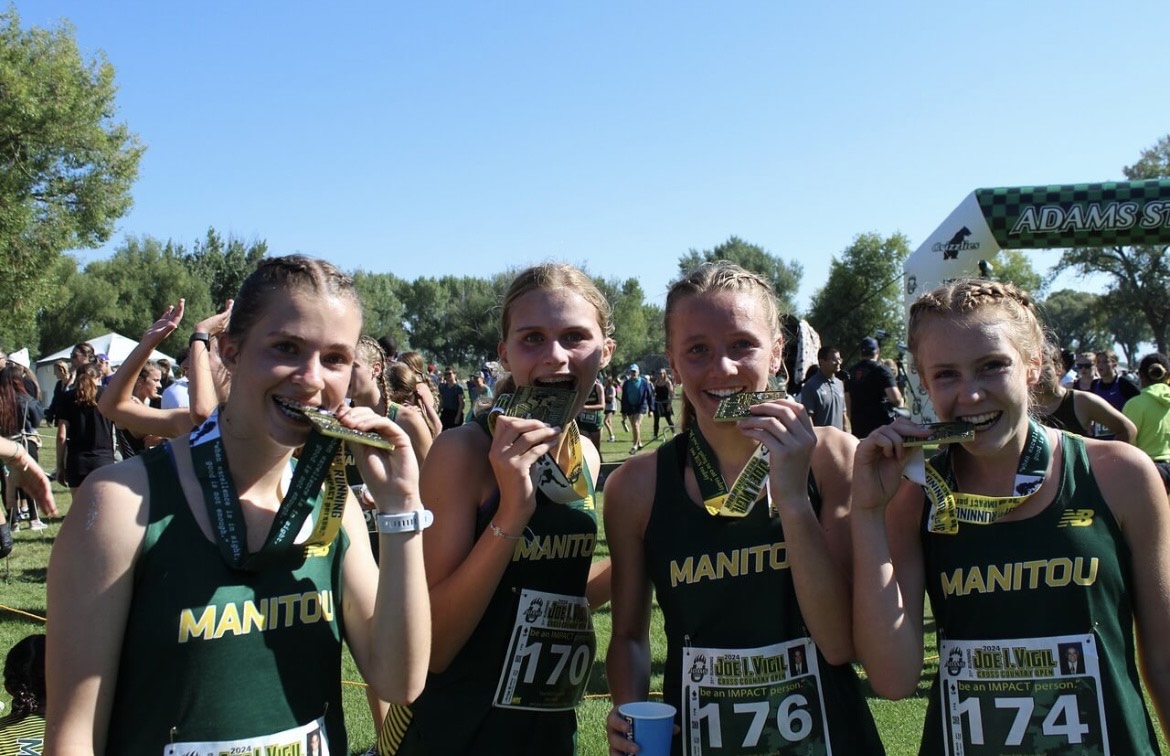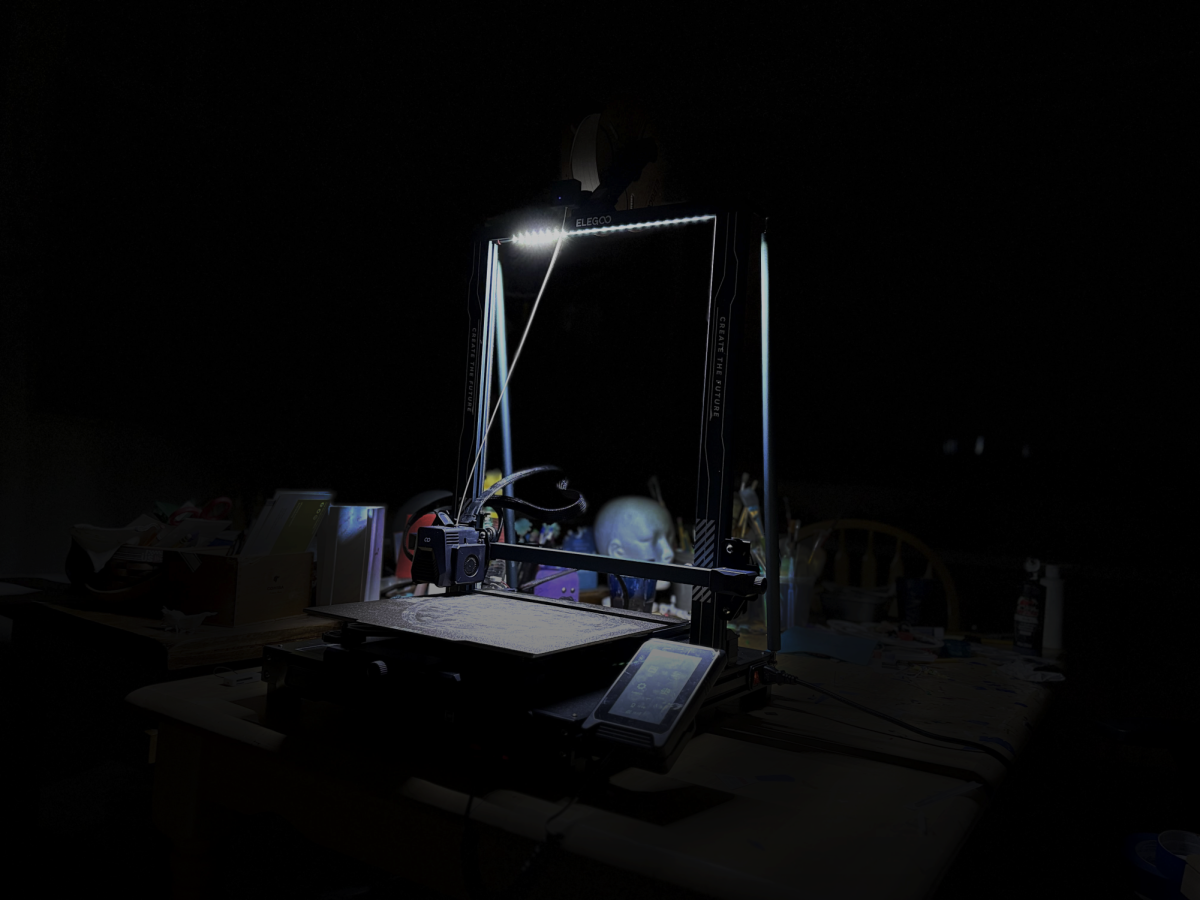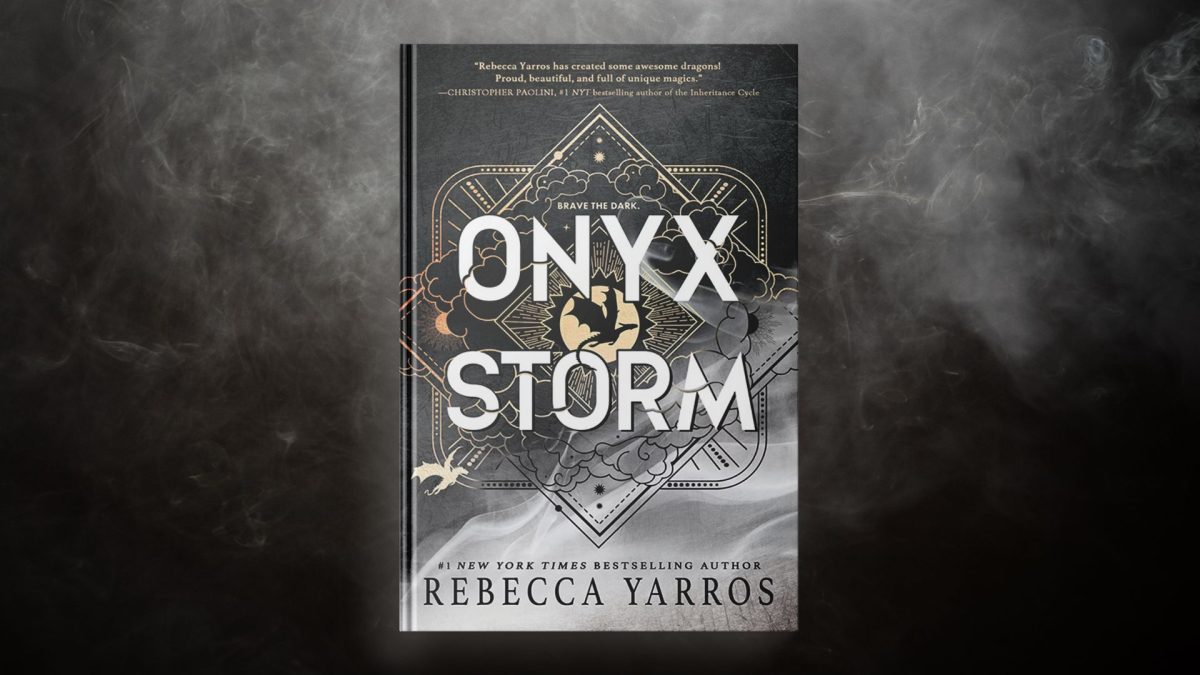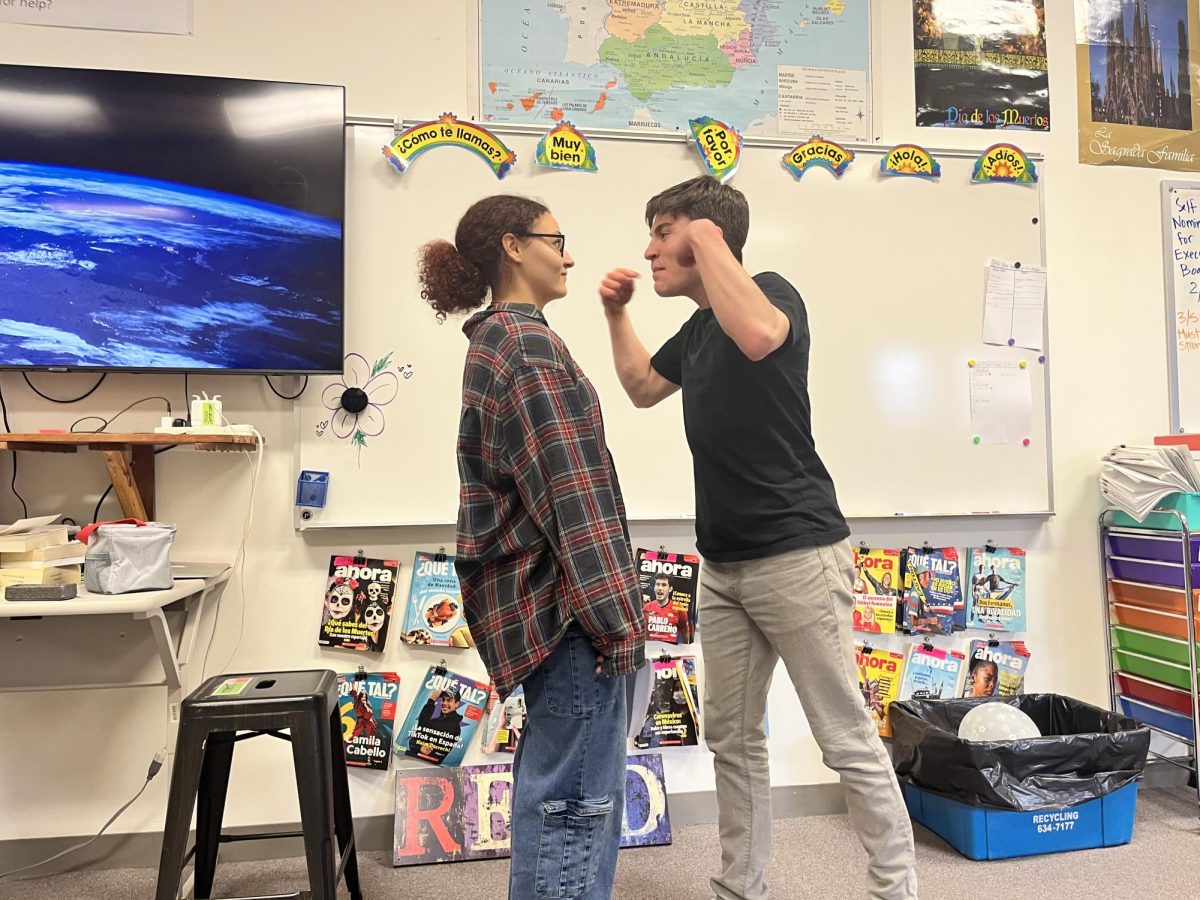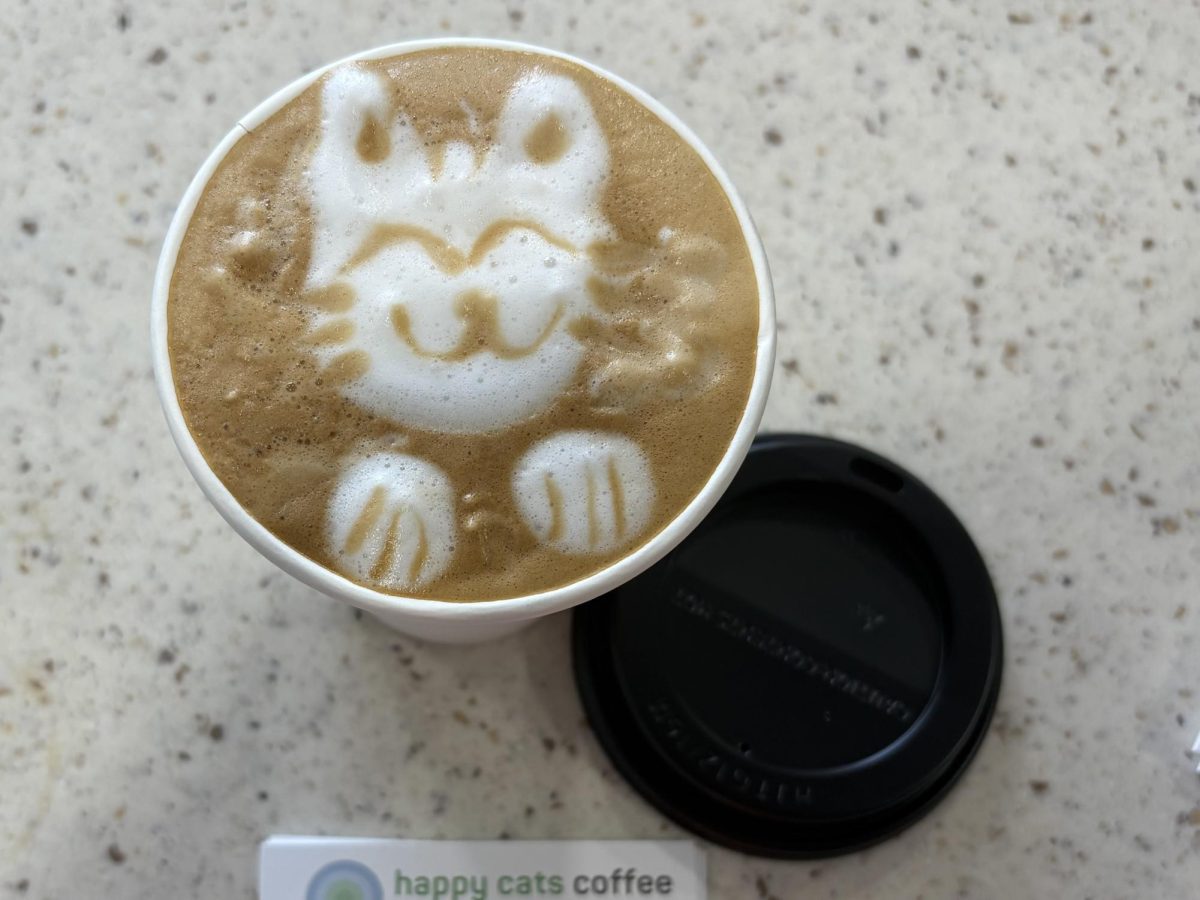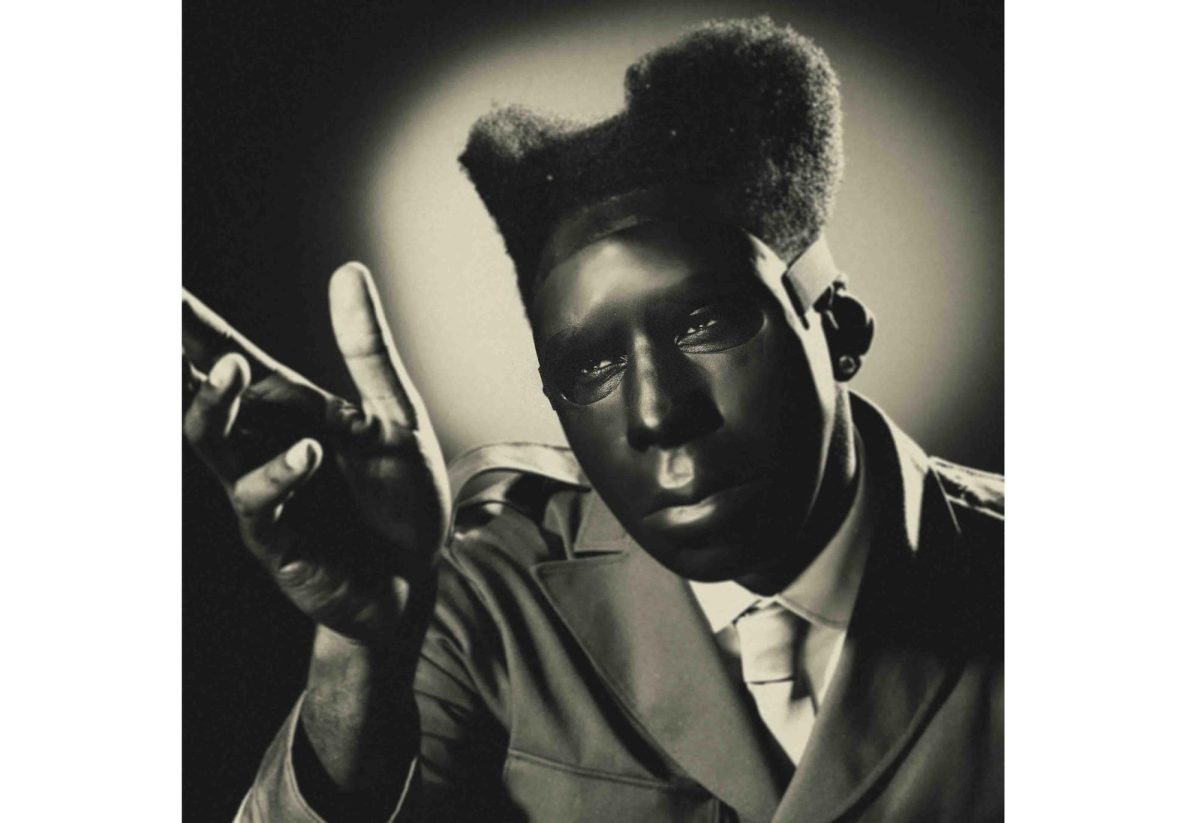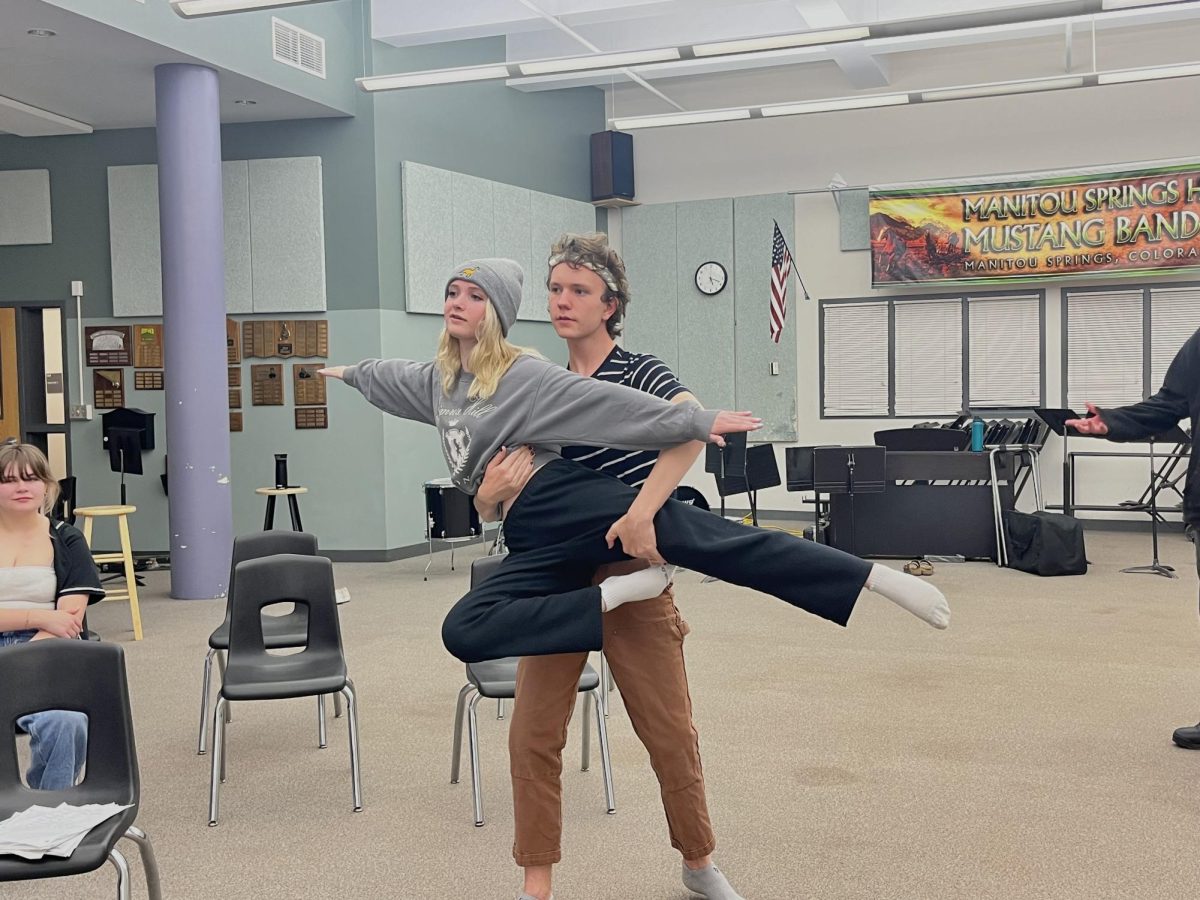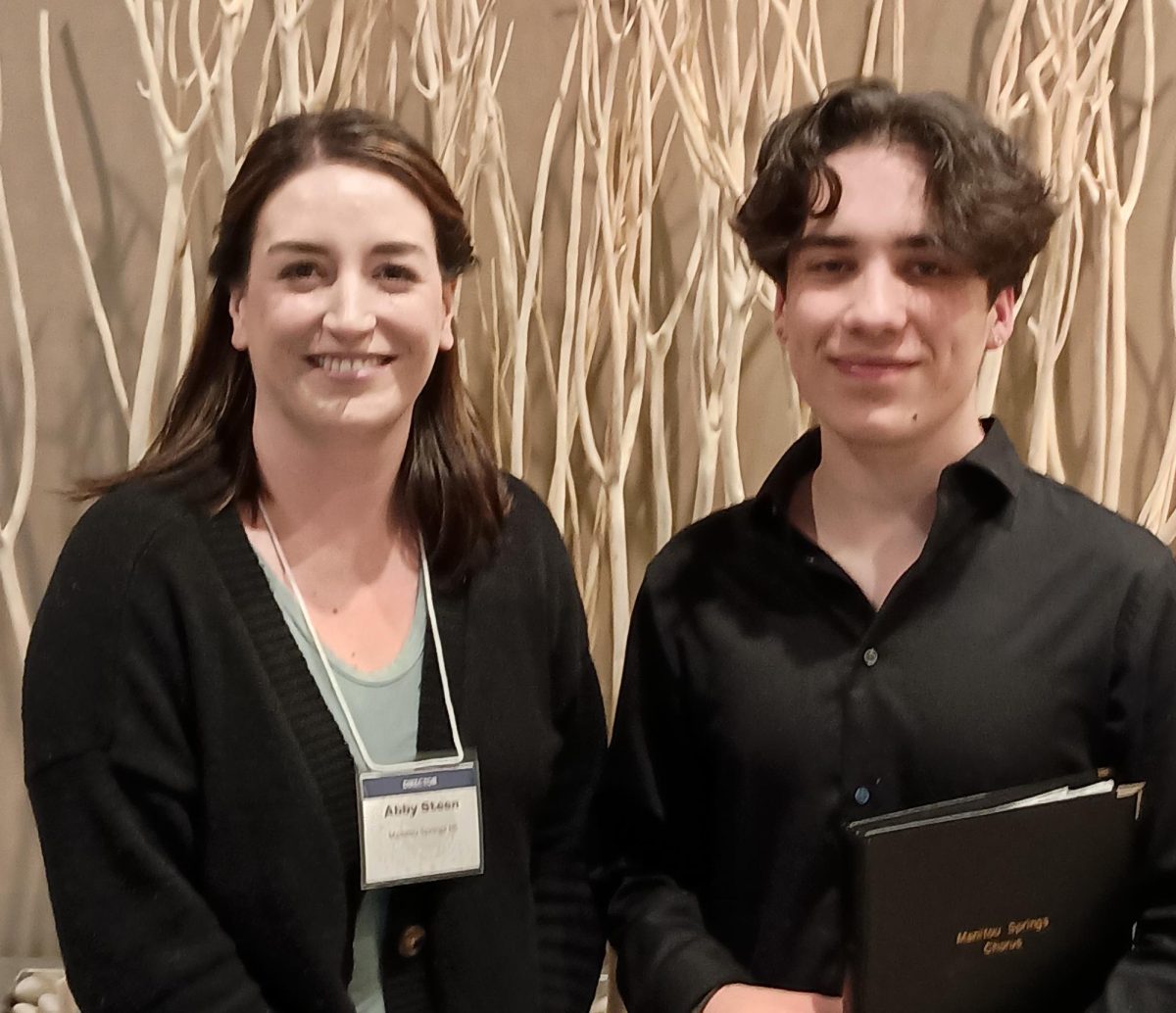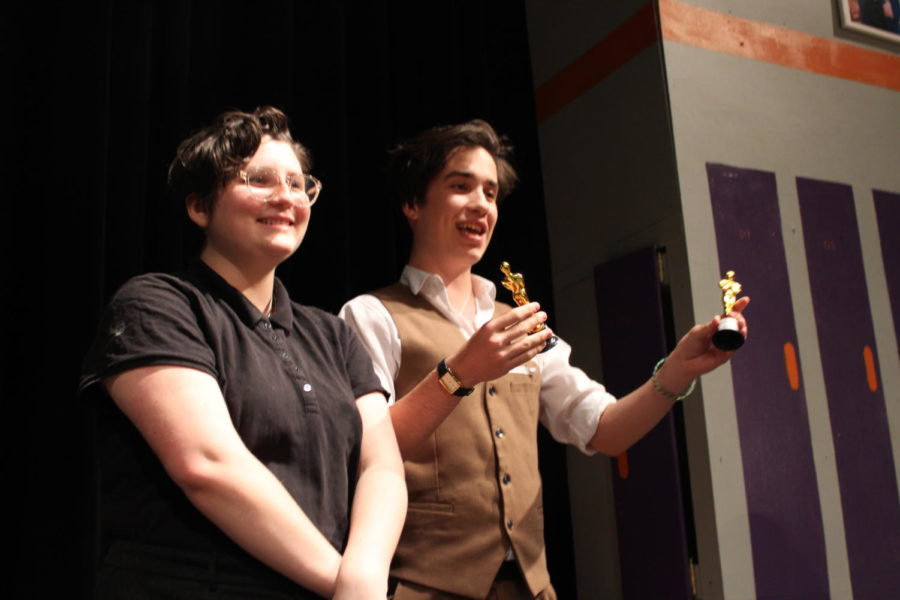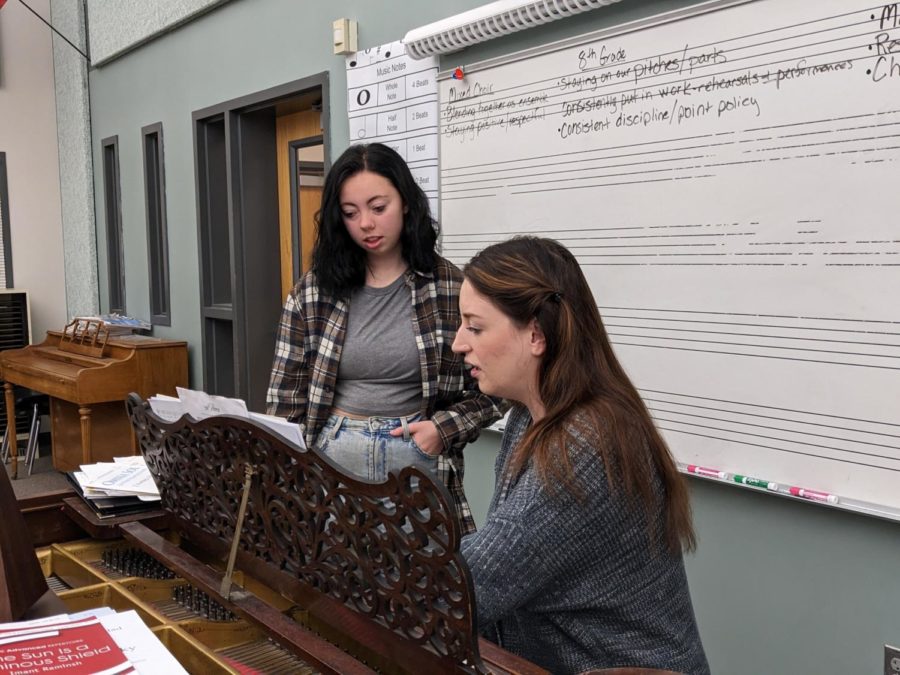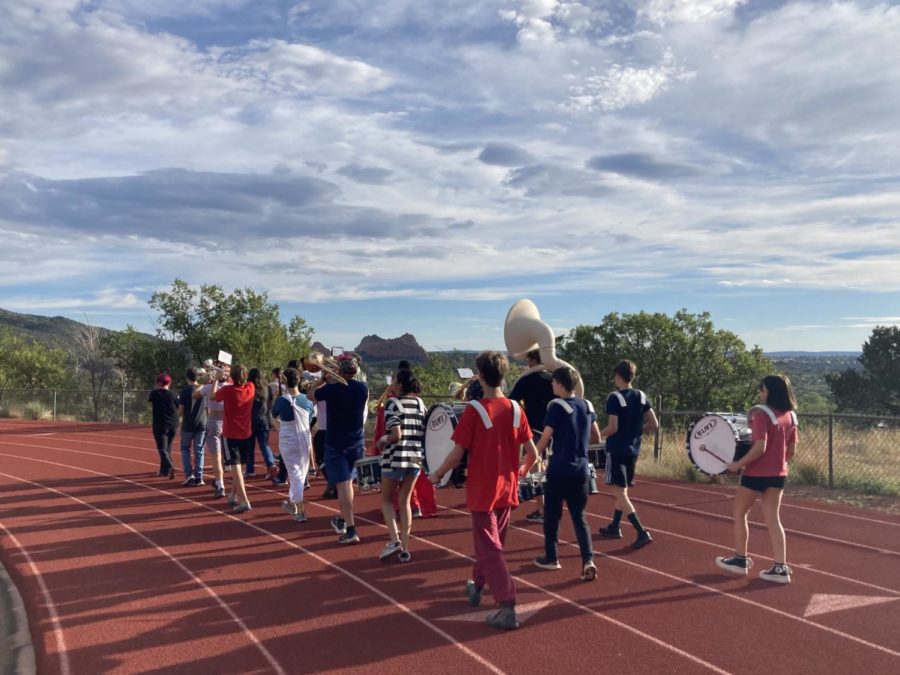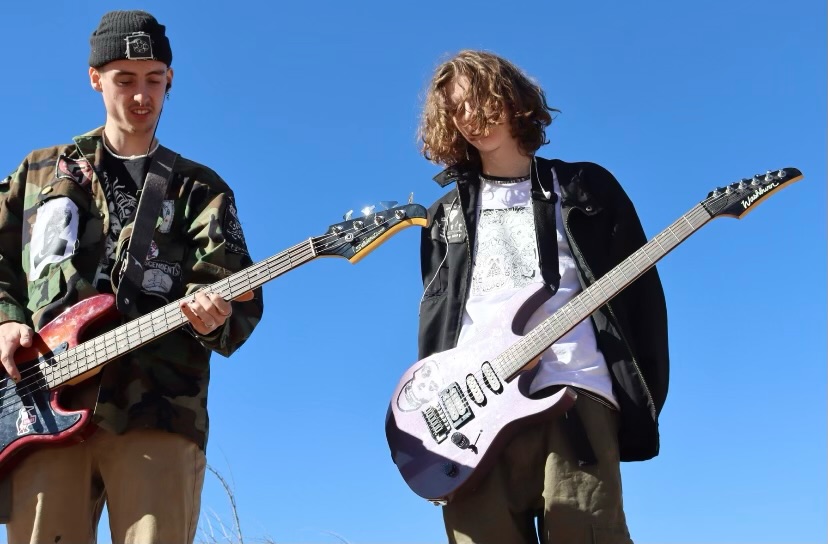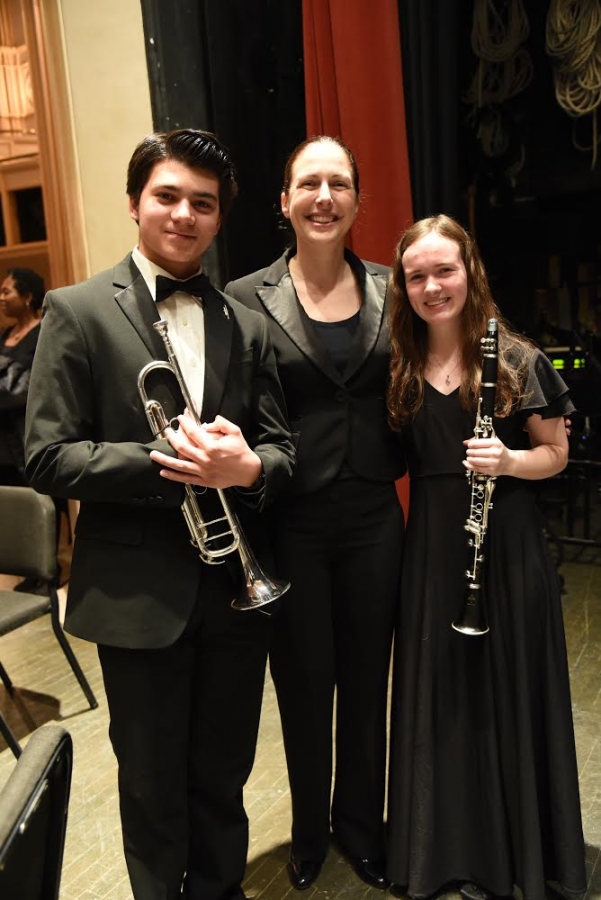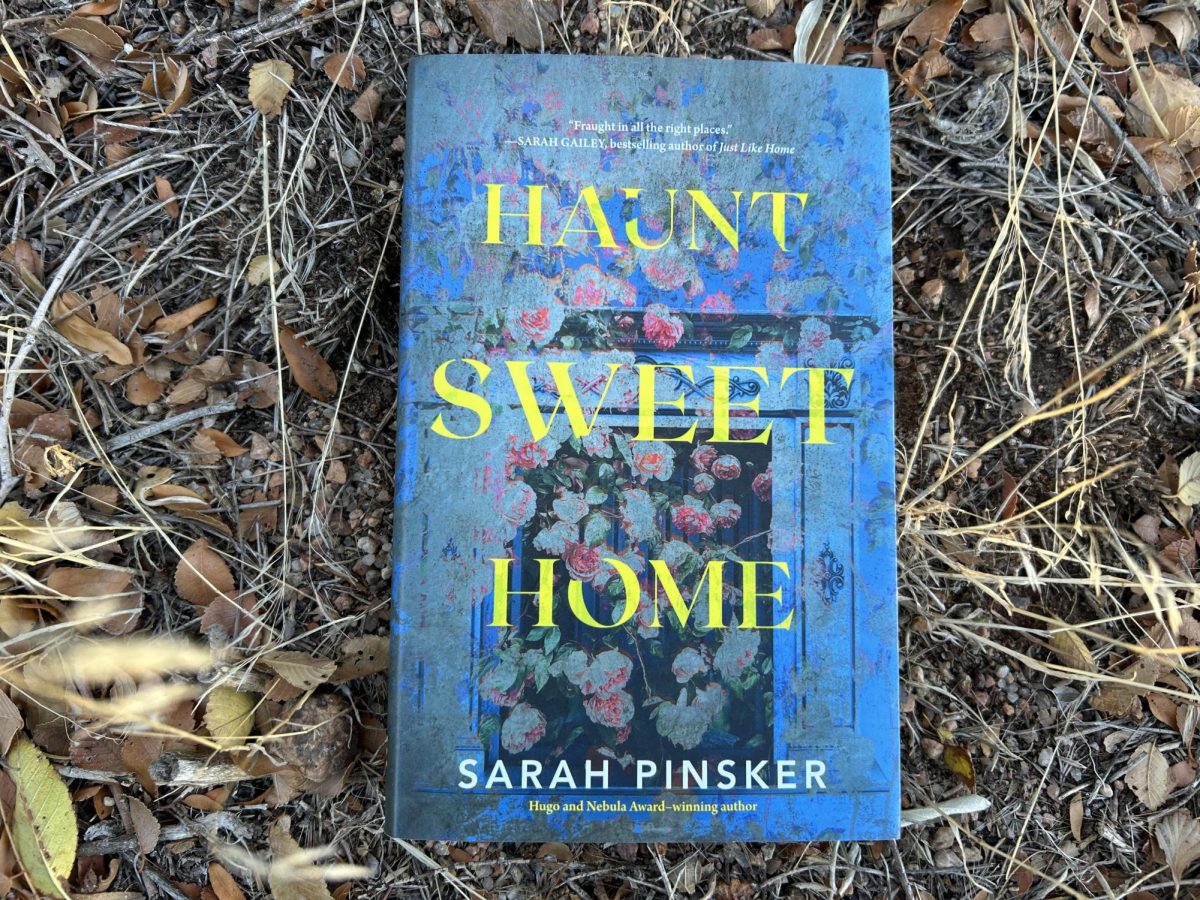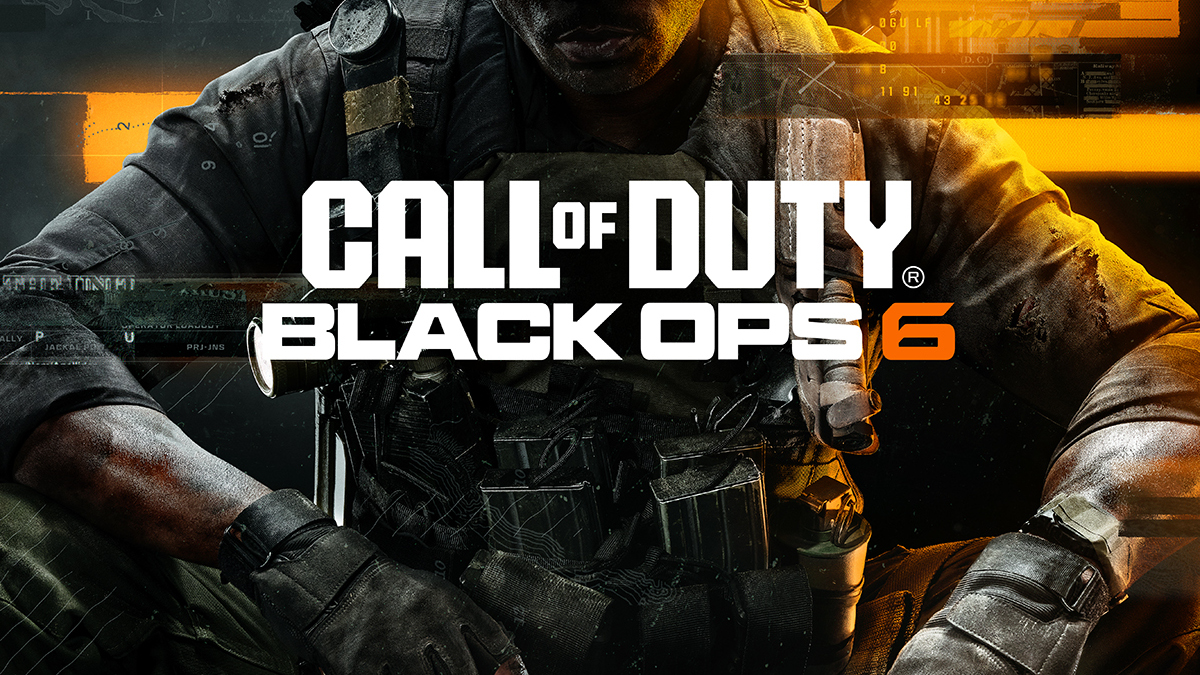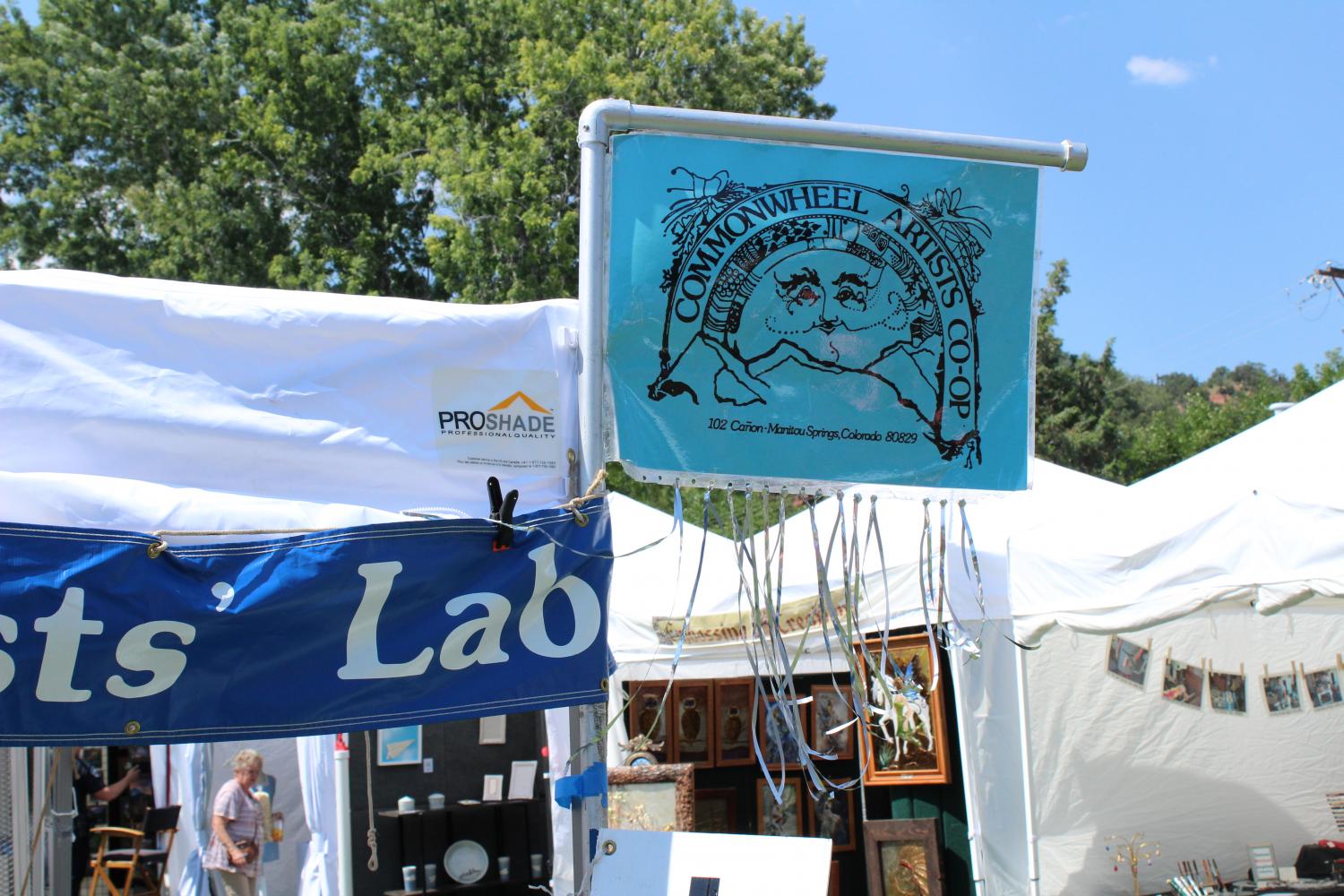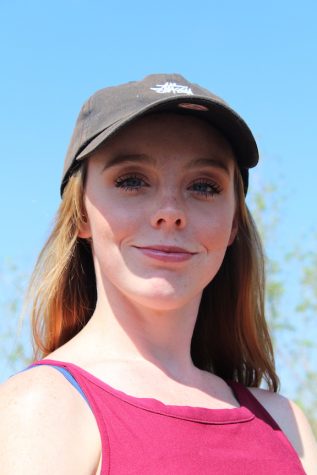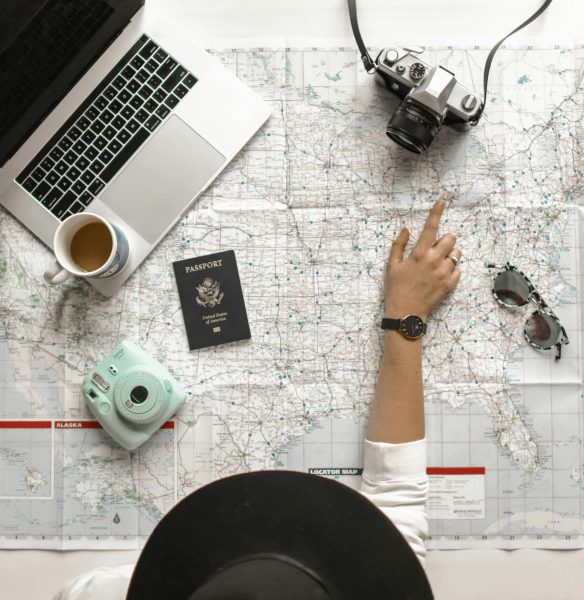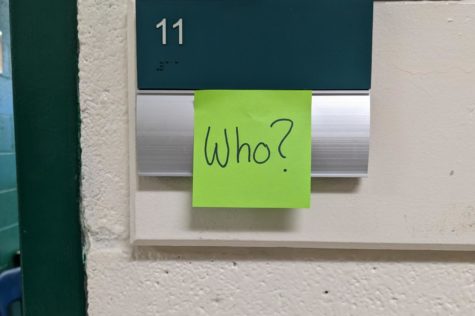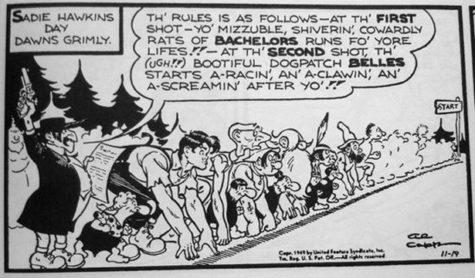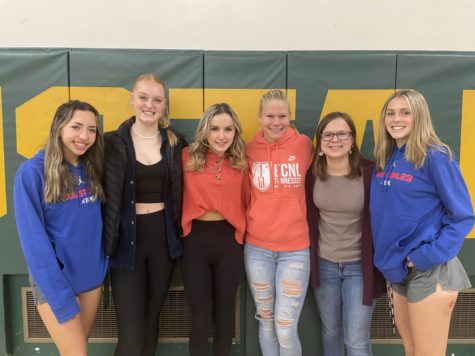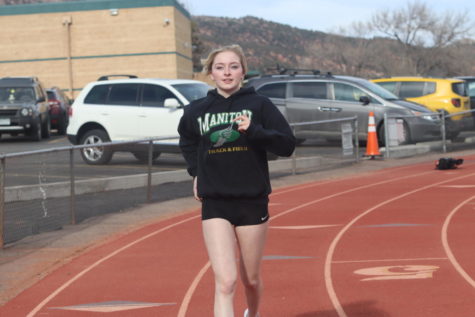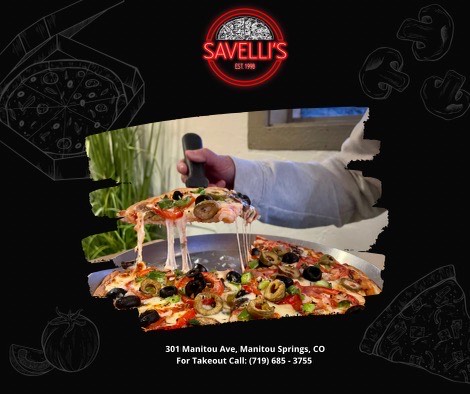Political Balance: The Laborless Labor for Relaxation
September 20, 2017
When patience plays into my life, which is more rare than common, I feel truly flexible and composed. But as the summer of constant leisure faded and the swelling of the school year started and progressed into September, my activities became hectic and pressured. A day to collect myself was definitely needed. Labor Day, a holiday formed in the early 1800’s, was intended to be a day to give workers and peoples of all forms in America a day to truly identify and share labors of love, escaping the labors of a pressured performance, political tyranny and scrutiny.
Finding out that Manitou High had gotten Labor Day off was a huge relief at the end of a conflicting first week. I thought about the wide range of Americans, and populations throughout the world, that have struggled to find ways to relieve stress and achieve leisure. I looked into this seemingly increasing and newfound epidemic, and found surprising facts. In his article, “Stress in America Increases for the First Time in 10 Years“, David Oliver, Associate Editor of U.S. News & World Report, said, “Between August 2016 and January 2017 (…) Americans’ overall stress level increased for the first time in 10 years.” According the article, the blame is being stapled onto recent politics. But these pressing issues weren’t only affecting one group of American citizens, minorities and the working class were also feeling the pressure, according to recent statistics. Vaile Wright, a licensed psychologist from the American Psychological Association, also said, “You find that your stress is really interfering with your ability to (…) do your job at work.”
Oliver turns back to the statistics saying, “Participants’ education levels and hometown also played a part in their stress levels (…) Fifty-three percent of people with more than a high school education said they have a very or somewhat significant source of stress linked to the election outcome as opposed to just 38 percent who have a high school education or less,” said Oliver. As I look back to last November, and as I look into current world events, I felt myself in that 38th percentile. Such things as the newly uproaring rise of horrendous racism and terrorism groups, tug of war of presidential and cabinet related news reports, and the violence that seems to reek the nation today is enough to make me sick.
Over the three day weekend, I decided to go to the 2017 Commonwheel Arts Festival at Memorial Park. All forms of art have intrigue to me and have put me the closest to relaxation. The political fog that figures to loom the hearts and minds of many seemed to be alleviated and stress appeared to lift from the crowd, who all seemed to enjoy the arts also.
Not only had I gone to the festival to explore the vivacious arts presented there, but to also touch on the aspect of relaxation on a day where work is rescinded temporarily, and further onto the execution of leisure. Art has always been an outlet for me, and helps me to scale down my other worries to delve into beauty. The people amongst the festival most likely all had the day off of school or work. We all seemed to be seeking the refuge of Labor Day and planned to spend time that day browsing comfortably, free from the hast of deadlines and bustle. People of all ages perused the booths and took part in the festivities the beautiful day offered.
Peggy Crago is a majolica ceramics artist described as, in a small folded handout she presented, “earthenware covered with an opaque, usually (a) white, glaze and decorated with stains before being fired to about 2000 degrees.” She described her pastime and style with art, “Having grown up in a large family with no room for clutter, I came to appreciate things that were both functional and beautiful.” This small piece of information on someone who I had known nothing about before had given me slight insight into how Crago uses and found patience within her work.
The last artist I had the chance to visit had his own work that was different from any other, with an edgy and raspy twist on sculptures that spoke for themselves and of the artist. Brandon Kihl’s works looked as if they had taken weeks to complete. Wondering how long they actually took to create and assemble, I inquired. Kihl said the larger pieces, such as the Tyrannosaurus Rex that seemed popular to the crowd, took three to four days to finish. Surprised, Kihl’s answer made me think about how artists must value patience, whether it be on a larger scale task, or a smaller one. Kihl’s hard work, dedication and patience were poured into the three to four days his larger pieces had taken, and in his time with the smaller ones. All the artists creations took various times to conceptualize, execute and become ready to present.
Each booth featured hand picked and original artists, free from all political viewpoints and opinions. Art filtered back down to the truest form of exquisite and simple beauty. Vendors and spectators bought, observed and interacted with each other, discussing details in which faltered and carried away all the frivolous and seemingly dire worries within life on a day where work is hindered and relaxation is encouraged.
